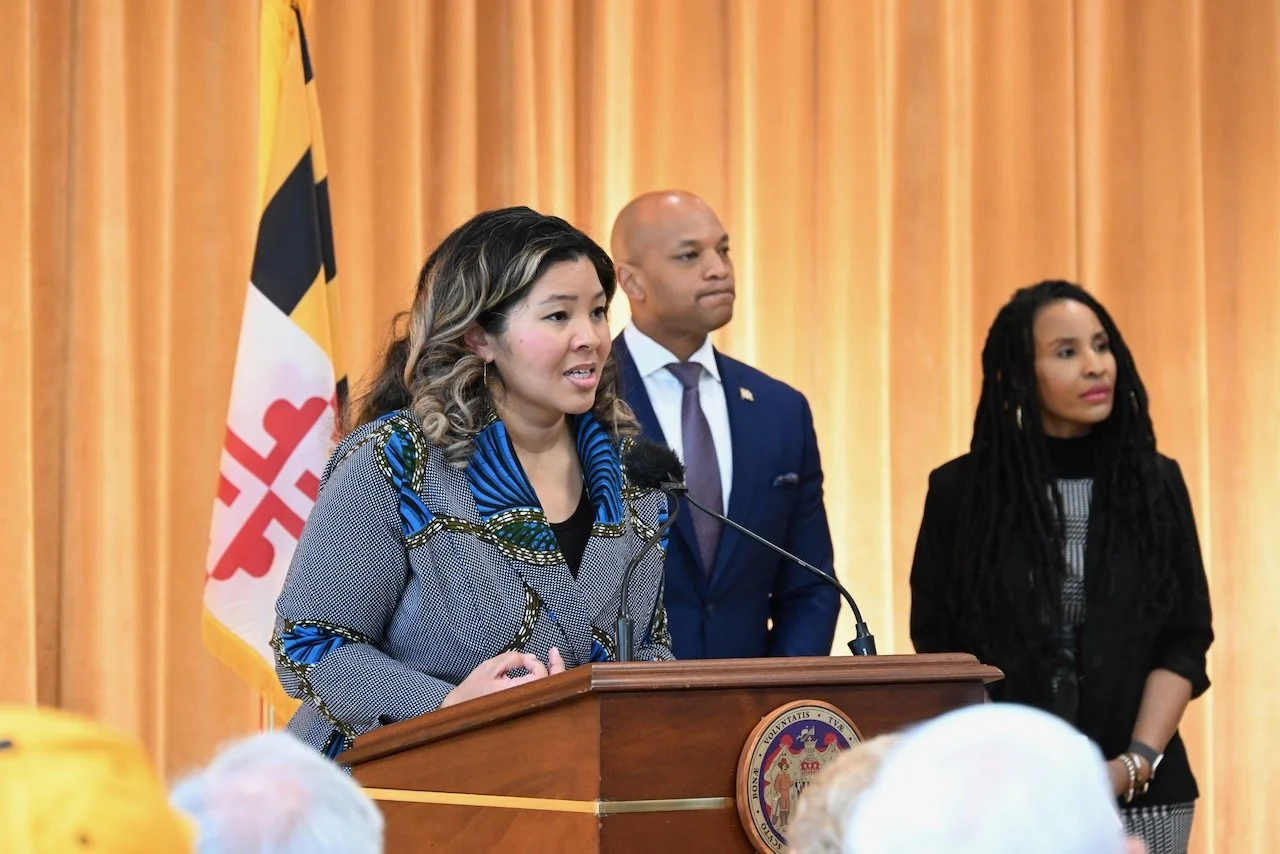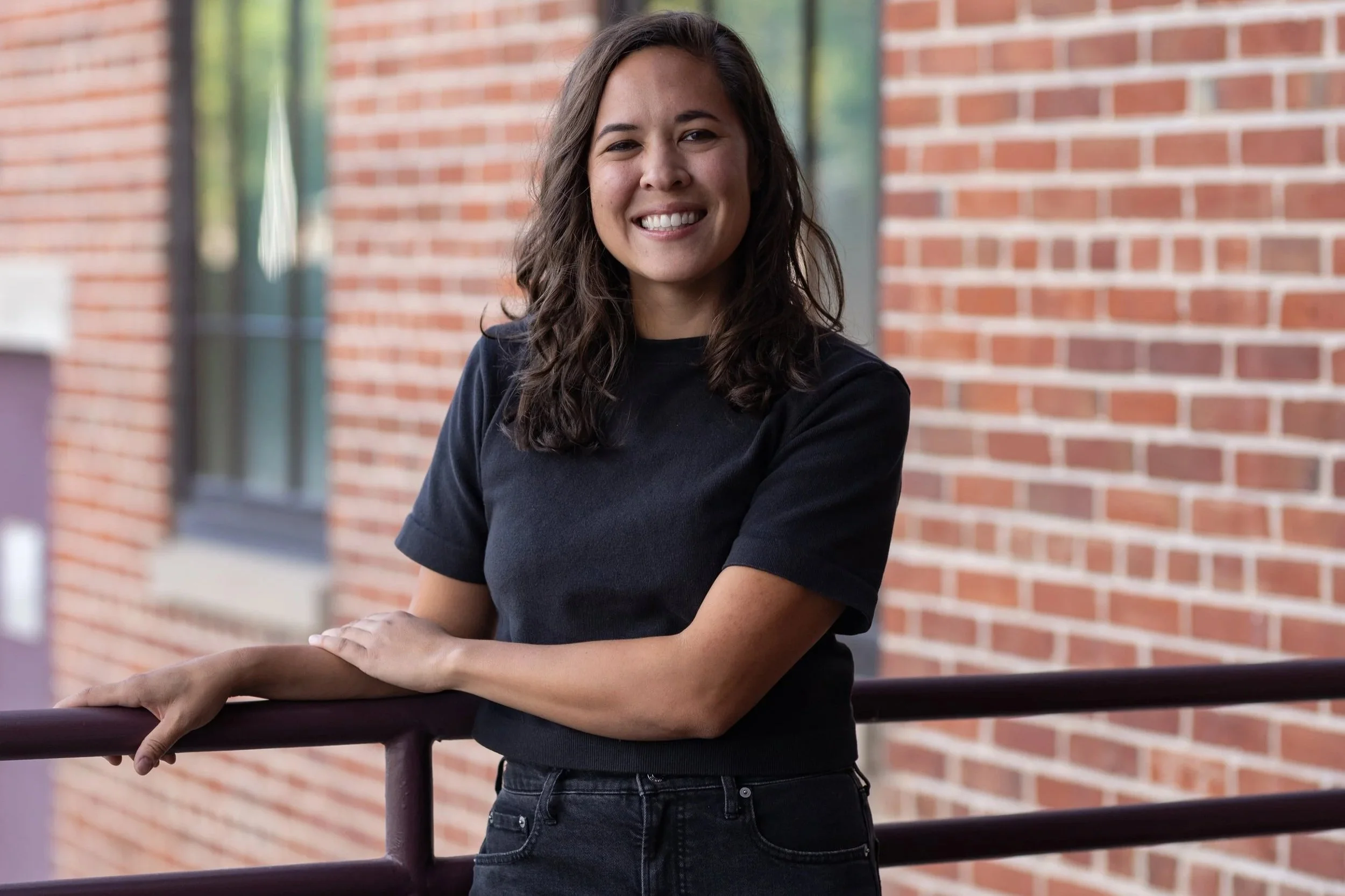Stacey Putka: Breaking through the fear and misunderstanding surrounding incarceration
Relying on equal parts inspiration, frustration, and necessity, Stacey Putka, a former Miss Colorado, co-founded and leads Breakthrough Alliance of Colorado, a nonprofit that addresses recidivism and challenges misperceptions about the criminal justice system. Starting while people are still incarcerated, Breakthrough helps individuals in five men’s facilities and one women’s facility gain professional skills, work on character development, and engage in reentry planning so they can thrive after their release. Breakthrough then continues to work with individuals when they’re on the outside. The secret to their success, Putka says, is the participation of dozens of volunteer coaches, business and community leaders, friends, and family members who help individuals and communities break through fear and misunderstanding about incarceration.
To date, Breakthrough has served over 1,050 individuals. Among those who have been released and enrolled in their full suite of reentry services, 85% are currently employed and fewer than 5% have returned to prison. We spoke with Putka about her decision to devote her life to the issue of mass incarceration and why Breakthrough’s approach is so successful.
How did you become interested in prison reform and addressing recidivism?
My interest in this work actually started with mental health and substance misuse treatment. Before I was born, my dad struggled with addiction, but he went to rehab and maintained his sobriety for the rest of his life. He became an entrepreneur and the best dad a little girl could ask for. He was always open about the daily discipline it took to stay sober, and that honesty made me want to help people like him.
But in our country, we criminalize both mental illness and addiction. My first internship and every job after that involved working with people in the criminal legal system who were often there because of untreated symptoms. After earning my master’s in social work from the University of Denver, I oversaw a clinical team serving men on parole. Most went back to prison—not because they were dangerous, but because they weren’t ready to come home. I remember thinking: What are they doing while they’re inside? Why isn’t this a time for real rehabilitation? That frustration is what ultimately led me to this work.
What gave you the courage to co-found such an ambitious nonprofit?
Honestly, it started out of necessity. I was working for an organization that provided in-prison programming in Colorado and a few months in, it went out of business. But there were still over 100 men counting on class each week—with no one to deliver it. So a few of us came together and said, We can’t stop now.
I didn’t have experience starting a nonprofit or running a business—I was a social worker and therapist by trade—but we had a great team of co-founders with complementary skills and a shared belief that this could work. We didn’t miss a single week of programming, and that commitment built the foundation for what Breakthrough is today. Because of that experience, Jason Hogan, who was one of the men in that original group, now leads our programs and services team. He says he shows up for others now because we showed up for him back then.
Where did your early funding come from, and how have you been able to scale from one facility to six? What role has Colorado’s state government played in that growth?
In the beginning, almost all of our funding came from individual donors. When we didn’t yet have the data that foundations wanted to see, our co-founders, Jenn and Jason Mendelson, rallied support from their personal and professional networks in Boulder. Early belief in us allowed us to grow from a $300,000 budget and staff of just two, to now serving six facilities across Colorado with seven full-time staff, including a data integrity intern. Those early investments from donors allowed us to prove our model—ultimately obtaining funding from Colorado’s largest foundations and the U.S. Department of Labor.
The leadership at the Department of Corrections (DOC) has been so supportive of this work by allowing us access to the facilities and investing their staff's time and energy into this work. As we’ve expanded, we’ve made sure to raise all the funds we need for each site before launching programming. The Morgridge Family Foundation’s investment was especially pivotal—it helped us secure funding not just for in-facility programming, but also for guaranteed post-release services for every graduate.
What makes Breakthrough’s approach different?
Our Inside-Out model builds trust. Because our team begins working with participants while they’re incarcerated and stays with them after release, they have time to plan, prepare, and activate that plan.
It’s like saying, tomorrow I’ll start a diet—but you haven’t shopped for food or planned what you’ll cook. Without preparation, real change is almost impossible. Breakthrough gives people the tools, resources, and relationships to make their plans real. Ultimately, this isn’t about being “soft on crime.” It’s about public safety. When people are housed, employed, and stable, they’re less likely to commit crimes. Believing in people—and giving them the chance to believe in themselves—is one of the best public safety strategies there is.
How do you measure and prove your impact?
We track outcomes for every person we serve using the DOC’s internal data systems and our own implementation of Apricot software, which helps nonprofits streamline case management, data tracking, reporting, and service delivery. We measure leading indicators like housing and employment that predict long-term success, and lagging indicators like recidivism. Our approach allows us to intervene early. For example, if someone loses their job post-release, our reentry specialist increases contacts and helps them stabilize before things spiral. We also track recidivism for everyone we serve, not just graduates, which helps us understand what factors truly make a difference. Data isn’t just for funders—it’s for improving lives.
What hurdles have you faced engaging community members and how have you overcome them?
There are logistical hurdles to enrolling volunteers—background checks, paperwork, a 30-day approval process required by the Colorado Department of Corrections—but the biggest barrier is often fear or misunderstanding. That’s why we engage so many community volunteers. Once they step inside and see the humanity of the people we serve, that fear melts away.
We’ve learned that connection changes everything. When someone in prison meets a community member who believes in them, their world expands. And once volunteers see that transformation, they can’t unsee it. About 70% of volunteers who come in once return, and that speaks volumes. As Jason Hogan often says, “When someone sees themselves as part of a community, they show up differently.” That’s the essence of Breakthrough.
Want to learn more about Breakthrough? Watch this video or sign up to volunteer. Stacey’s inspiring TedxBoulder talk can be found here.



